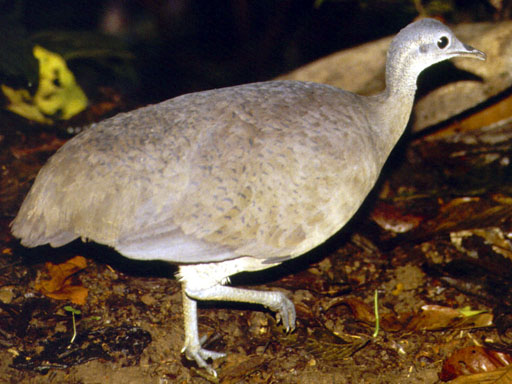Facts About Great tinamou
The great tinamou is a captivating ground bird native to Central and South America. Standing about 44 cm tall and weighing around 1.1 kg, it resembles a small turkey with its olive-green feathers. Its excellent camouflage allows it to blend seamlessly into the rainforest understory. If you find yourself in the rainforest, you might recognize it by its distinctive call, a sequence of three piping notes.
This bird belongs to the Tinamidae family and is closely related to ratites, such as ostriches and emus. However, unlike these relatives, the great tinamou is capable of flight.
There are twelve different subspecies of the great tinamou, each found in distinct regions across Central and South America. When it comes to breeding, these birds exhibit a unique polygynandrous system, meaning both males and females have multiple mates. Interestingly, it is the males who take on all the parental duties. They incubate the eggs and care for the chicks once they hatch. The breeding season runs from mid-winter to late summer, with females distributing clutches of eggs among multiple males.
Great tinamous are typically solitary and spend their time foraging on the forest floor for seeds, fruit, and small animals. They thrive in various types of forests, usually at elevations between 300 and 1500 meters. Despite challenges such as forest fragmentation, these birds have adapted quite well and often nest at the base of trees.
Although the great tinamou is widespread across its range, its conservation status has recently changed. It was once listed as Least Concern by the IUCN Red List, but due to ongoing deforestation, it was reclassified as Near Threatened in 2012. While hunting has not significantly impacted their numbers, the continued loss of their habitat poses a serious threat to their future.

 Guatemala
Guatemala